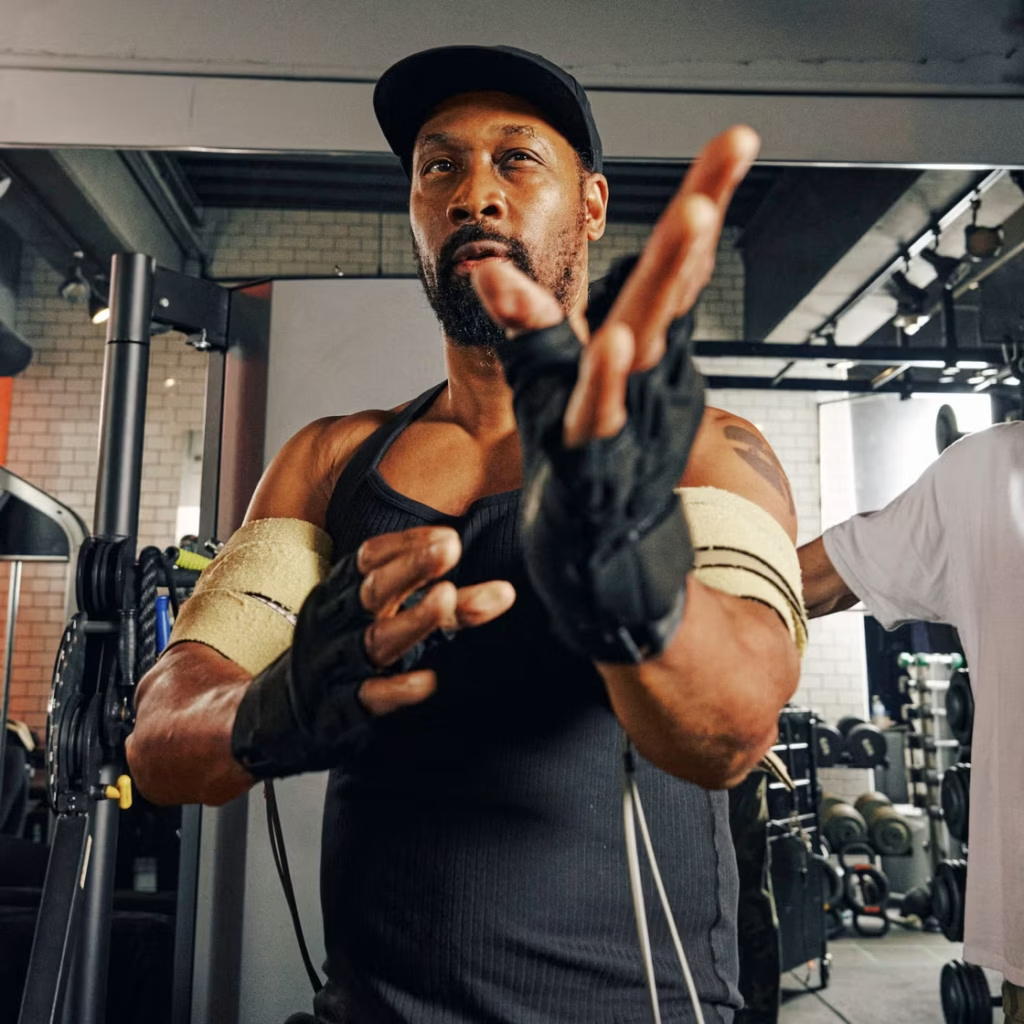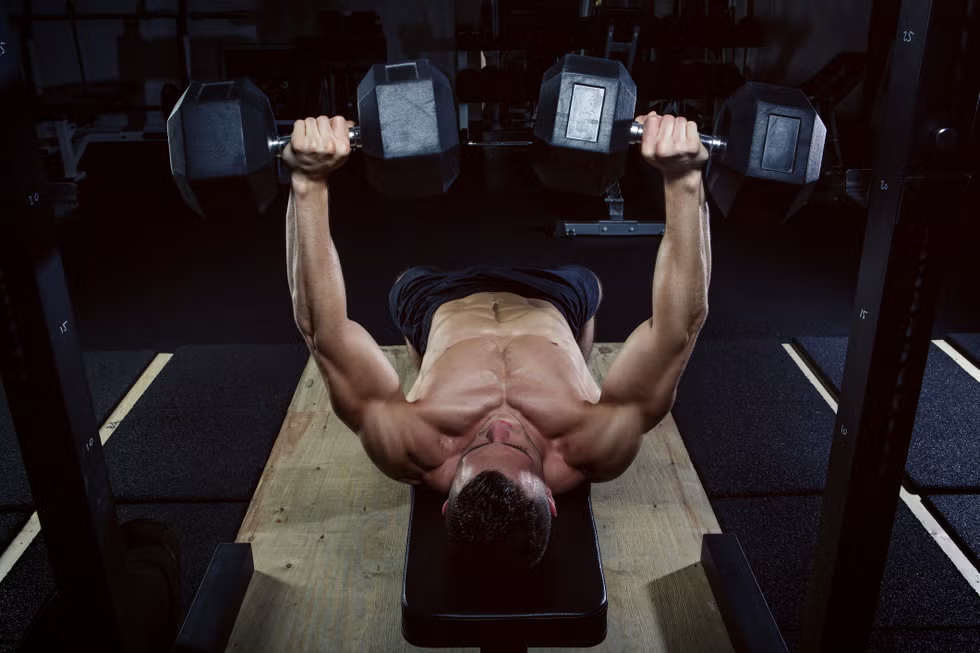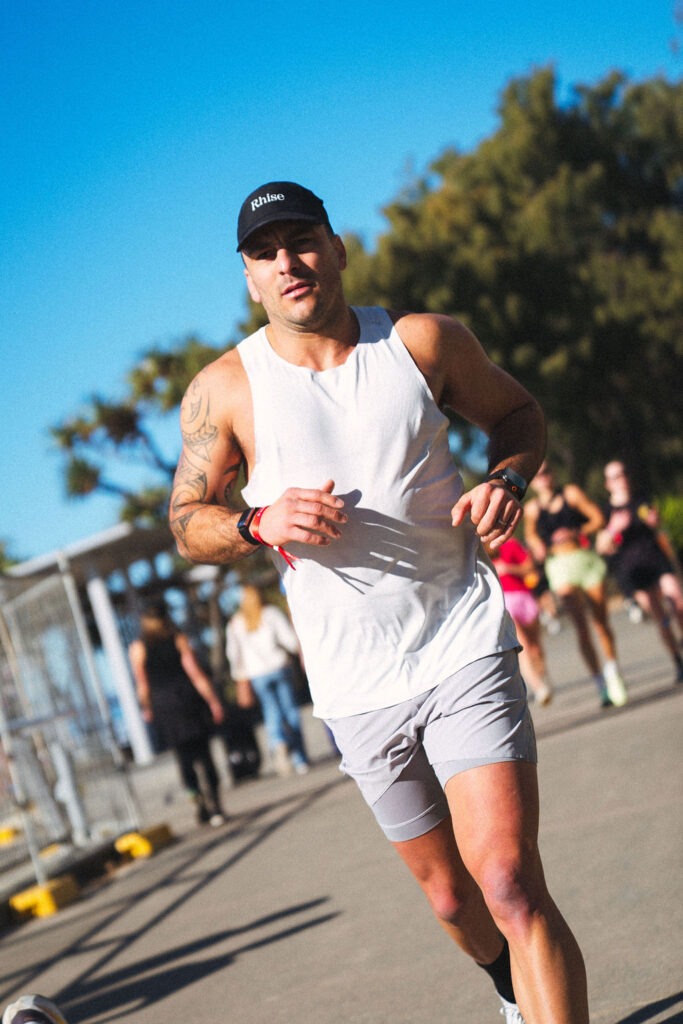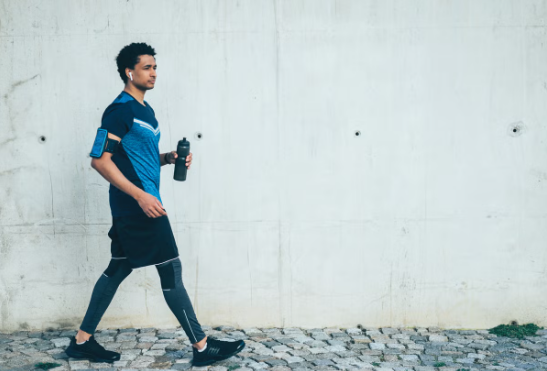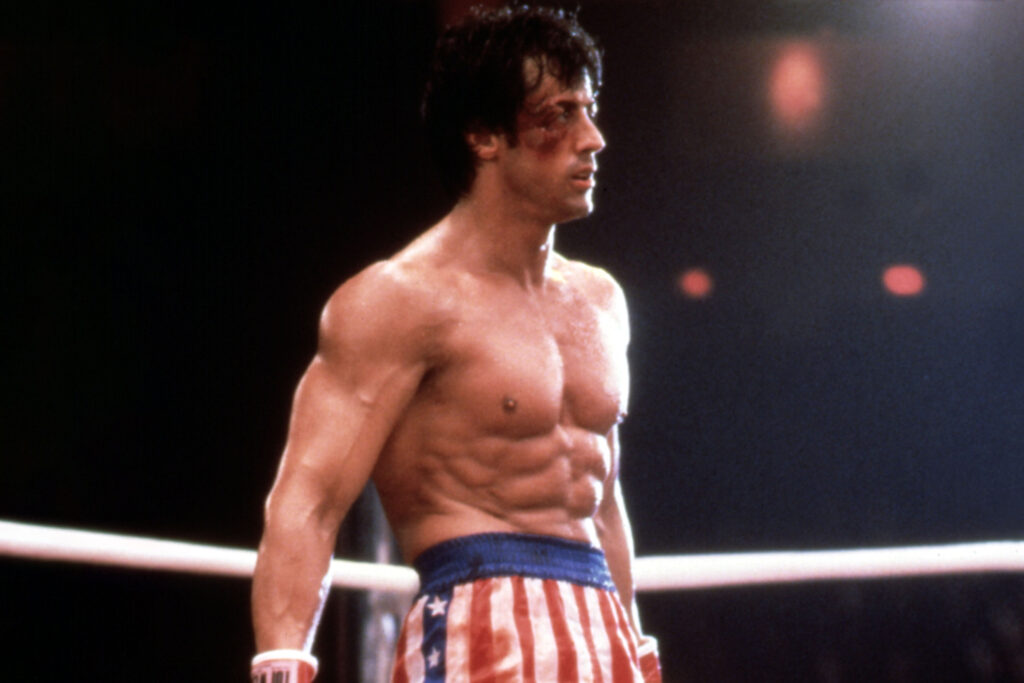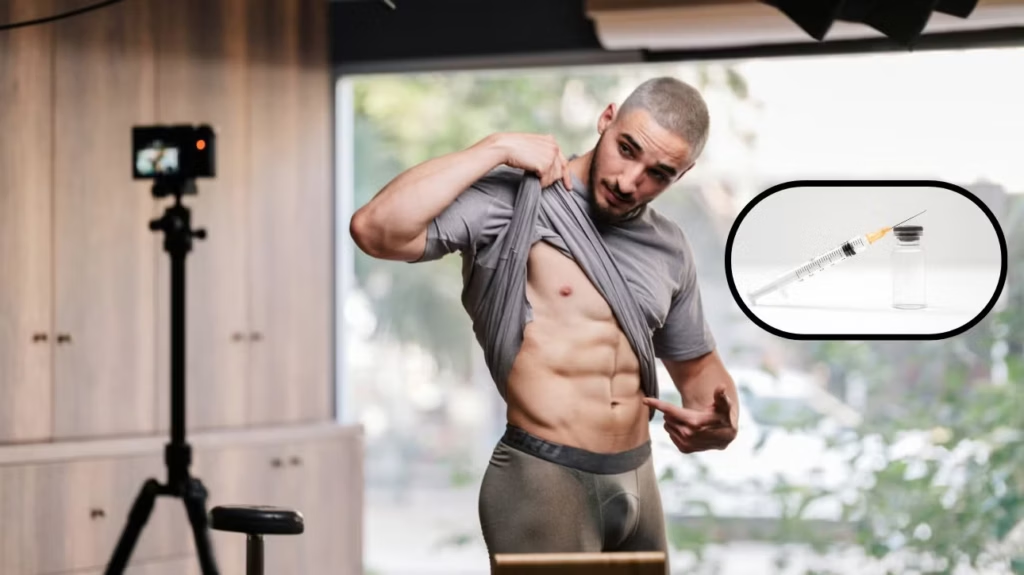IF YOU’RE LOOKING to identify a crucial factor in your health and fitness, you perhaps need to point your finger at, well, your fingers. The length of your index and ring fingers, known as the 2D:4D ratio, is correlated with performance in distance running, age at heart attack and severity of Covid-19. And now a new study shows it could also affect oxygen consumption, with a study of pro footballers showing it could impact performance.
The study by researchers at Swansea University analysed 133 professional football players as they underwent a series of body measurements that included measuring digit lengths from hand scans. They also completed an incremental cardiopulmonary test to exhaustion on a treadmill. Now, before we detail the results you might want to take a quick squiz at your digits. Got a long ring finger in comparison to your index finger? You can perhaps count yourself as genetically blessed.
“The players with long ring digits (4D) relative to their index digits (2D) have efficient oxygen metabolism such that they reach very high maximal oxygen consumption in an incremental cardiopulmonary test to exhaustion on a treadmill,” says lead author professor John Manning. “Our findings are consistent with those from distance running, where long 4D is related to high performance, and heart disease and Covid-19 where long 4D is linked to low severity of disease.
Don’t have a good 2D:4D ratio? Long ring digits relative to index digits are thought to be a marker of high testosterone levels in the womb, not that you should be pointing your short index finger at anyone in particular.
Thousands of research papers in the last two decades have linked the finger ratio to attributes such as personality, cognitive abilities, and even sexual orientation, as well as to risk of illnesses such as cardiovascular disease, cancer, and amyotrophic lateral sclerosis. But the findings have divided researchers. Some believe finger length to be a legitimate biological marker of health, fitness and other things, while others assert that it’s merely a correlation. One study published in the British Medical Journal, demonstrated a link to good luck in adults, although the purpose of the study was to show that correlation doesn’t always equal biological causation.
“While these findings are consistent with a wealth of research reporting that 2D:4D is related to many seemingly disparate outcomes, they are not meant to provide confirmatory evidence that 2D:4D is a universal biomarker of nearly everything. Instead, the associations between 2D:4D and good luck are simply due to chance, and provide a “handy” example of the reproducibility crisis within medical and scientific research,” the authors said. “Biologically sound hypotheses, pre-registration of trials, strong methodological and statistical analyses, transparent reporting of negative results, and unbiased interpretation of data are all necessary for biomarker studies and other areas of clinical research.”
Research has shown particular links between lower 2D:4D ratios and better performance in sports such as long-distance running, skiing, rowing, rugby and basketball. Manning, who has pioneered the field and conducted this latest study, even told the journal Science, that teams should use finger ratio as a criterion for selecting players.
While the debate rages on, you can expect more studies such as this to appear. And while there is, as yet, no clear conclusion, you may be wise to use your index finger and thumb and take them with a pinch of salt.
Related:








